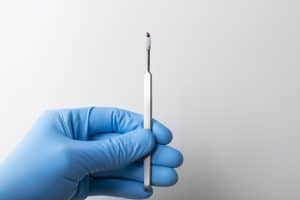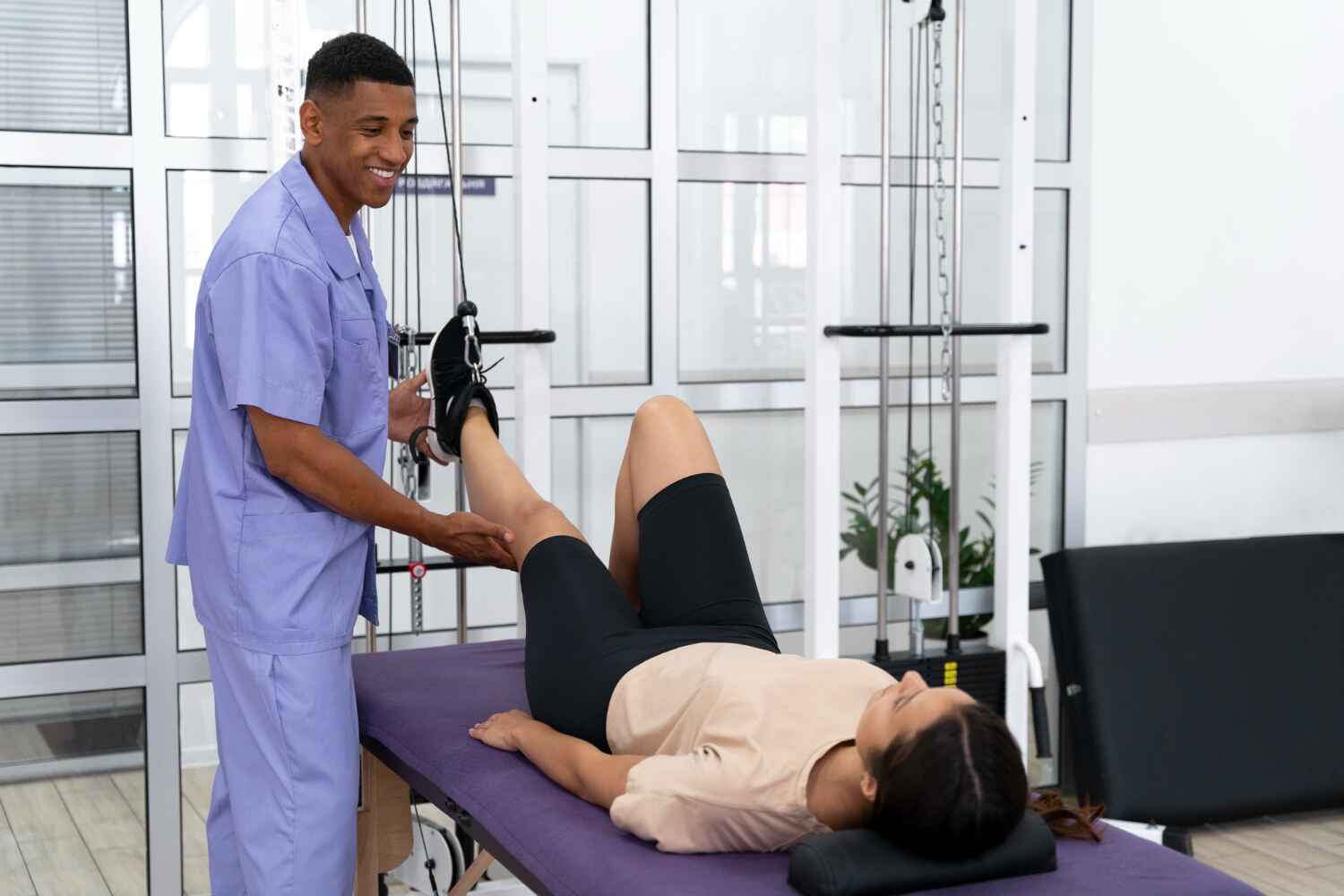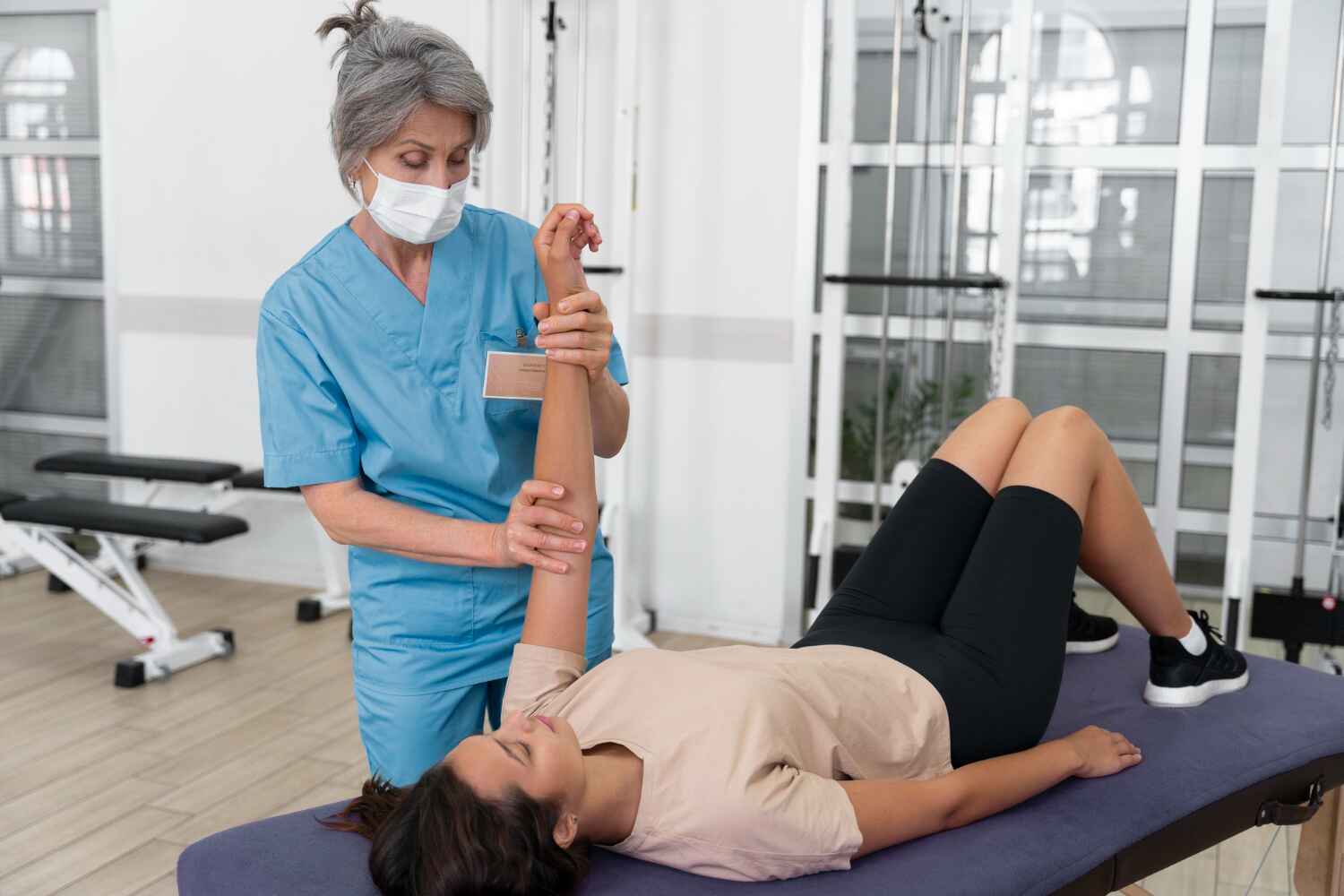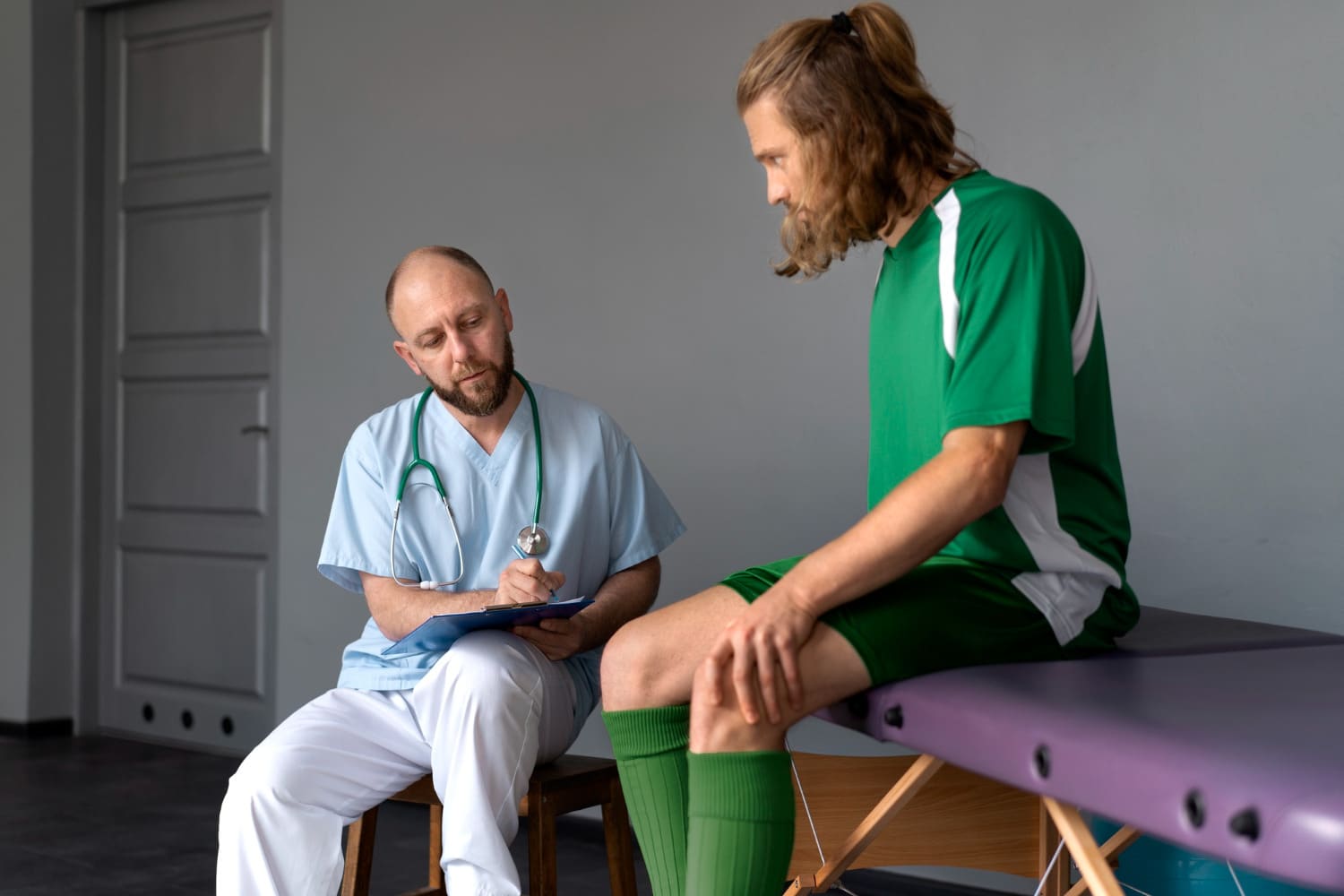
Needle arthroscopy represents a groundbreaking advancement in the realm of orthopedic procedures, offering a minimally invasive approach to diagnosing and treating joint conditions. This innovative technique has revolutionized the field of joint health management, providing patients with effective solutions while minimizing the risks and discomfort associated with traditional arthroscopic procedures.
Traditional arthroscopy involves making relatively large incisions to access the joint space, often resulting in longer recovery times and increased risk of complications. However, needle arthroscopy, also known as microendoscopic or percutaneous arthroscopy, employs much smaller incisions, typically less than 3 millimeters in diameter. This approach utilizes specialized instruments and techniques to achieve high-resolution visualization and precise manipulation within the joint, leading to improved outcomes and patient satisfaction.
In this article, we will explore the concept of needle arthroscopy in-depth, examining its applications, benefits, procedure, clinical evidence, challenges, and future directions.
Understanding Needle Arthroscopy
Needle arthroscopy involves the insertion of a thin, flexible fiber-optic scope through a small incision into the joint space. This miniature camera provides real-time imaging of the joint structures, allowing orthopedic surgeons to assess the condition of cartilage, ligaments, tendons, and other tissues with exceptional clarity.
Compared to traditional arthroscopy, which typically requires larger incisions and more extensive instrumentation, needle arthroscopy offers several distinct advantages. The smaller incisions reduce trauma to surrounding tissues, resulting in less postoperative pain, scarring, and risk of infection. Additionally, the minimally invasive nature of needle arthroscopy often allows for faster recovery times and an earlier return to normal activities.
Applications of Needle Arthroscopy
Needle arthroscopy is applicable to a wide range of orthopedic conditions affecting various joints throughout the body. Commonly targeted joints include the knee, shoulder, hip, ankle, elbow, and wrist. This versatile technique can be utilized for both diagnostic and therapeutic purposes, enabling orthopedic surgeons to accurately identify pathology and perform minimally invasive interventions.
Diagnostic capabilities of needle arthroscopy include the evaluation of joint surfaces, detection of cartilage defects, assessment of ligament and tendon integrity, and identification of synovial inflammation. Therapeutically, needle arthroscopy allows for procedures such as debridement of damaged tissue, removal of loose bodies, repair of ligament or tendon tears, and injection of therapeutic agents directly into the joint space.
Procedure and Technique
A typical needle arthroscopy procedure begins with preoperative preparation, including patient evaluation, imaging studies, and discussion of treatment options. Depending on the joint and the specific procedure planned, different anesthesia options may be utilized, ranging from local anesthesia with sedation to regional or general anesthesia.
During the procedure, the surgeon makes small incisions around the joint and inserts the needle arthroscope along with specialized instruments as needed. Real-time imaging allows for precise navigation within the joint space, facilitating diagnostic evaluation or therapeutic interventions. Following the procedure, patients are monitored in a recovery area before being discharged with instructions for postoperative care and rehabilitation.
Benefits of Needle Arthroscopy Approaches
The benefits of needle arthroscopy are manifold, offering both patients and healthcare providers a superior alternative to traditional joint procedures:
1. Minimally Invasive Approach: Needle arthroscopy minimizes tissue trauma and disruption, resulting in smaller scars, less postoperative pain, and faster recovery times compared to open surgery.
2. Precise Diagnostics: The high-definition imaging capabilities of needle arthroscopy allow for accurate diagnosis of joint conditions, enabling tailored treatment plans for optimal outcomes.
3. Reduced Risk of Complications: With smaller incisions and decreased tissue damage, the risk of infection, bleeding, and other surgical complications is significantly reduced.
4. Outpatient Procedure: Needle arthroscopy is typically performed on an outpatient basis, allowing patients to return home on the same day and resume their daily activities with minimal downtime.
5. Versatility: Needle arthroscopy can be used to evaluate and treat a wide range of joint conditions, including those in the shoulder, knee, hip, ankle, and wrist, providing orthopedic surgeons with a versatile tool for comprehensive joint care.
6. Improved Accuracy: The miniature cameras used in needle arthroscopy provide high-definition images of the joint, allowing for precise diagnosis and targeted treatment of various joint conditions, such as cartilage damage, ligament injuries, and synovitis.
7. Diagnostic and Therapeutic: Needle arthroscopy serves both diagnostic and therapeutic purposes. Not only does it allow orthopedic surgeons to visualize the internal structures of the joint, but it also enables them to perform minimally invasive procedures such as debridement, synovectomy, and tissue biopsy.
Clinical Evidence and Outcomes
Numerous studies have documented the efficacy and safety of needle arthroscopy for the diagnosis and treatment of various joint conditions. These studies have reported favorable outcomes, including improvements in pain, function, and quality of life for patients undergoing needle arthroscopy procedures.
Long-term follow-up studies have demonstrated durable results comparable to traditional arthroscopic techniques, with low rates of complications and high patient satisfaction. Additionally, patient testimonials and case studies have provided anecdotal evidence of successful outcomes, further supporting the use of needle arthroscopy in clinical practice.
Challenges and Considerations
While needle arthroscopy offers many benefits, it is important to acknowledge potential limitations and contraindications. Not all patients or conditions are suitable for this minimally invasive approach, and careful patient selection is essential to ensure optimal outcomes. Some complex or advanced cases may still require traditional open surgery for adequate visualization and intervention.
Furthermore, there is a learning curve associated with mastering the technique of needle arthroscopy, and surgeons must undergo specialized training to become proficient in its use. Additionally, cost considerations and insurance coverage may present barriers to access for some patients, particularly in healthcare systems with limited resources or reimbursement policies.
Future Directions and Innovations
Looking ahead, the future of joint health management holds exciting possibilities with continued advancements in needle arthroscopy technology. Emerging technologies such as advanced imaging modalities, augmented reality, and robotics are poised to further enhance the precision and efficiency of minimally invasive procedures.
Integration with other minimally invasive techniques, such as regenerative medicine therapies like platelet-rich plasma (PRP) or stem cell injections, may offer synergistic benefits for tissue repair and regeneration. Additionally, ongoing research and development efforts aim to expand the applications of needle arthroscopy to new indications and anatomical regions, paving the way for continued improvements in patient care and outcomes
OrthoMiami: Pioneering Needle Arthroscopy for Enhanced Joint Health
At OrthoMiami, we are at the forefront of orthopedic innovation, offering state-of-the-art needle arthroscopy procedures to our patients. Our team of board-certified orthopedic surgeons combines expertise with cutting-edge technology to deliver personalized care tailored to each individual’s needs.
With a commitment to excellence and patient satisfaction, OrthoMiami prioritizes the use of minimally invasive techniques, such as needle arthroscopy, to optimize outcomes and improve the quality of life for those suffering from joint-related ailments. Whether you’re seeking relief from chronic joint pain, injury management, or preventive care, our dedicated team is here to help.
Schedule Your Appointment Today with Orthopedic Surgeon Miami
Needle arthroscopy represents a significant advancement in orthopedic medicine, offering a minimally invasive approach to joint diagnostics and treatment. With its precision, versatility, and array of benefits, this innovative technique is revolutionizing the way we approach joint health, providing patients with safer, more effective alternatives to traditional procedures.
Don’t let joint pain hold you back from living life to the fullest. If you’re experiencing discomfort or limited mobility, it may be time to explore the benefits of needle arthroscopy at OrthoMiami. Call us at 786-746-8060 to schedule your appointment and take the first step towards better joint health.


